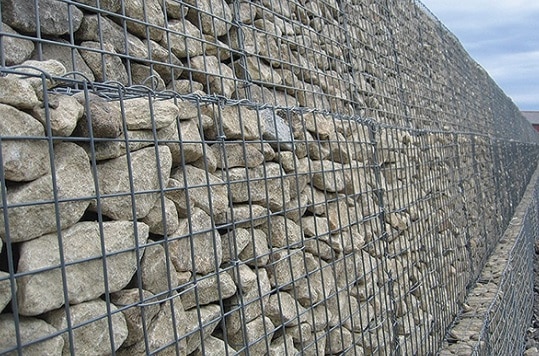Coastal Defences
Table of Contents
Flooding and its issues
A good proportion of the world’s population lives in costal areas with estimates ranging from 40-60%. Global warming, rising sea levels is causing flooding and damage to these communities, causing governments to adopt many types of coastal defences. Weather events such as storms and tsunamis are becoming increasing common due to climate change, and these costal areas require sea defences.
When we consider countries that are islands or have very limited landmass, flooding and rising sea levels become a critical aspect in their national policies. It is estimated that in the next 50 years, that some cities will become underwater due to rising sea levels (capital of Indonesia is an example). Agricultural and arable land will be lost and cannot be replaced and is a valuable resource as the majority of the world still works in this industry or supply chains.
There are many types of coastal defenses that have been developed over many years by various countries across the globe, and they can be categorized as either soft engineering techniques or hard engineering techniques. These defenses provide protection and is extremely important for countries that are affected by global warming.
The desired outcome affects what type of engineering technique is used and consideration of the local ecosystem, Up-front costs and maintenance, local public and services is needed.

Types of Coastal Defences
Flood defense methods can be categorized by the following:
- Soft engineering techniques
- Hard engineering techniques
Soft engineering techniques involves less direct methods in altering the costal area and focuses on sustainable methods to mimic nature as a way of protecting the coastline.
Hard Engineering techniques involves more direct methods which involves on large construction which drastically alters the costal landscape, ecology and can affect the local ecosystem.
Hard Engineering Techniques
Hard engineering techniques require extensive knowlegde of the coastal area that has been chosen, due to the potential impacts on the local environment, that may be understood through studies of the local area. However, there is always an element of risk, as we will not fully know the consequences until the landscape/eco-system is actually affected.
In general, hard engineering techniques are often expensive, lasting a short amount of time requiring lots of maintenance (on-going costs) , unattractive/eyesore and is not sustainable in the long-term. These types of coastal defenses are tabulated below.

Soft Engineering Techniques
Soft engineering techniques are sustainable methods in comparison to hard engineering techniques and are designed to be effective over a longer time period for flood defences. These types of coastal defences are derived/observed from how nature defends the coastline without destroying the local habitat (i.e. soft engineering techniques tries to mimic nature). This is often a more cost-effective way as opposed to hard engineering techniques.
A soft engineering technique is beach replacement. This involves importing granular material/sediments, which are dredged from the sea or imported and placing it in the coastal area to be protected (i.e. creating or enlarging existing beach). This can be expensive in the long-term due to constant maintenance.
Another technique is restoring sand dunes through planting vegetation. This creates a natural defence from the impact of sea waves. The construction of footpaths building up of coastal areas will stop local damage to the beach from members of the public. This is a cost-effective method, needing regular maintenance of footpaths.
Types of coastal defences also include cliff stabilization, which involves reducing the angle of the slope and planting vegetation to minimize the impact of waves as well as maintaining the current scenery.

